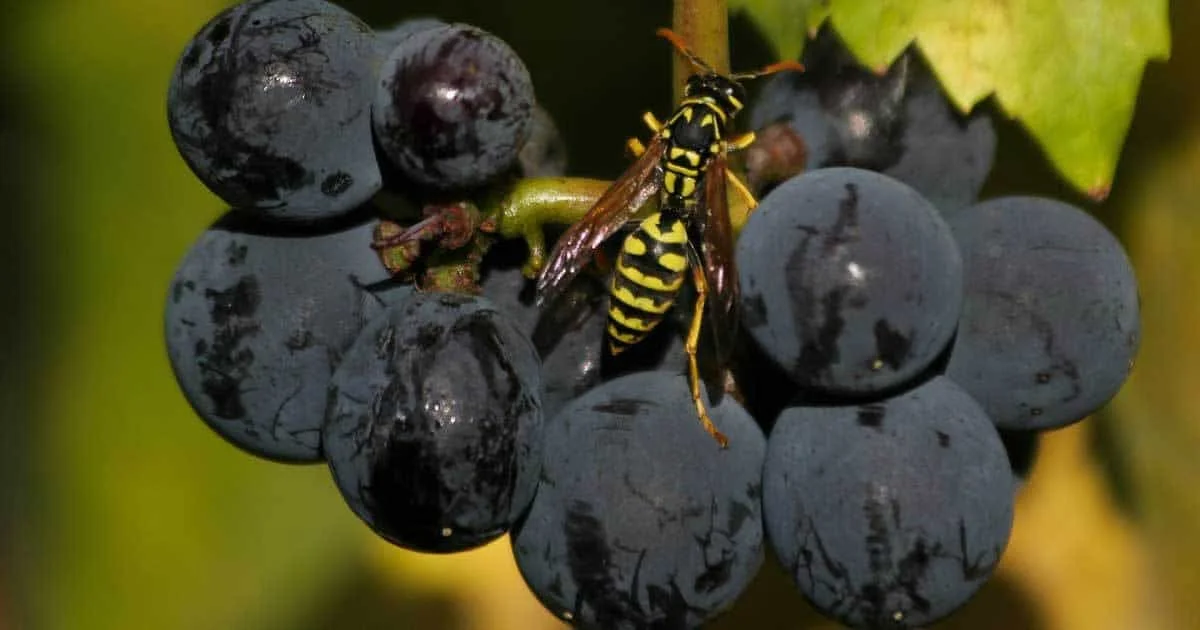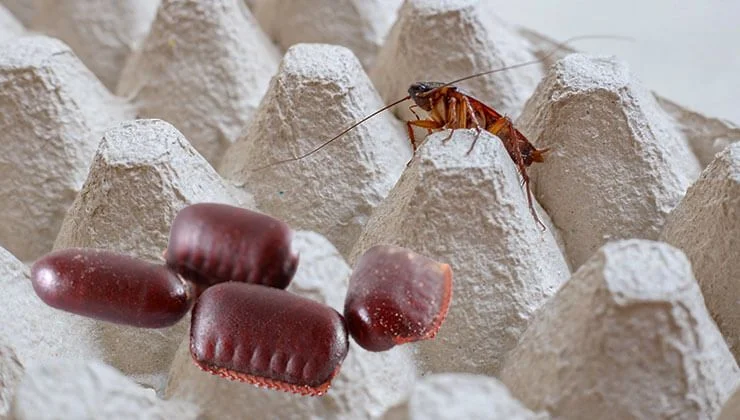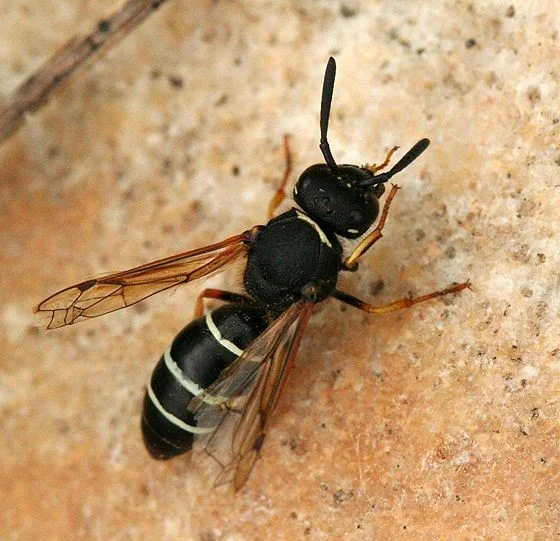Few pests are as unsettling as cockroaches—especially when you discover their eggs. These tiny capsules are the start of large infestations if left unchecked. At Eco Pest, we explain everything you need to know about cockroach eggs: what they look like, where they hide, and how to stop them from hatching in your home.
What Do Cockroach Eggs Look Like?
Cockroaches don’t lay eggs individually. Instead, they produce egg cases called oothecae (singular: ootheca). These protective casings hold multiple eggs and vary by species:
- German cockroach eggs – Light brown, 5–8 mm long, with ridges. Each holds 30–50 eggs.
- American cockroach eggs – Dark reddish-brown, 8–10 mm long, with a harder shell. Each contains 14–16 eggs.
- Oriental cockroach eggs – Nearly black, 10–12 mm long, with a smooth surface. Each holds 16–18 eggs.
If you spot a capsule-like structure that looks like a tiny pill, it may be a cockroach egg case.
Where Do Cockroaches Lay Eggs?
Roaches prefer hidden, warm, and humid spaces to deposit their eggs. Common locations include:
- Under kitchen appliances like fridges and stoves
- Inside cabinets and pantries
- Behind bathroom pipes and under sinks
- Wall voids and electrical outlets
- Cardboard boxes, paper piles, and clutter
A female cockroach often carries the ootheca for days or weeks before leaving it in a protected spot.
How Many Eggs Do Cockroaches Lay?
One egg case can produce dozens of nymphs, and females create multiple oothecae in their lifetime. That’s why infestations grow quickly.
| Species | Eggs per Ootheca | Oothecae per Lifetime | Potential Offspring |
|---|---|---|---|
| German cockroach | 30–50 | 4–8 | 120–400+ |
| American cockroach | 14–16 | 10–14 | 140–224 |
| Oriental cockroach | 16–18 | 8–10 | 128–180 |
How Long Do Cockroach Eggs Take to Hatch?
The hatching time depends on the species and environment:
- German cockroach eggs: 2–4 weeks
- American cockroach eggs: 6–8 weeks
- Oriental cockroach eggs: 6–12 weeks
Warmth speeds up hatching, while cooler conditions slow it down.
Signs of a Cockroach Egg Infestation
Look out for these warning signs:
- Visible oothecae – Small capsule-like cases in dark areas.
- Empty egg shells – Left behind after hatching.
- Baby roaches (nymphs) – Tiny, wingless roaches signal recent hatching.
- Droppings – Small black specks near hiding spots.
How to Get Rid of Cockroach Eggs
- Locate & Remove Oothecae
- Inspect cracks, cabinets, and appliances with a flashlight.
- Vacuum egg cases and dispose of the bag immediately.
- Clean surfaces with vinegar or eco-safe cleaners.
- Use Growth Regulators
- Insect Growth Regulators (IGRs) prevent eggs from maturing.
- Work best when combined with baits and traps.
- Seal Entry Points
- Caulk gaps around pipes, walls, and windows.
- Store food in airtight containers.
- Professional Treatment
- For severe infestations, Eco Pest offers eco-friendly treatments that target cockroaches at every stage of life.
Preventing Future Roach Eggs
- ✔ Fix leaks – Cockroaches thrive in moist environments.
- ✔ Declutter – Reduce cardboard and paper where eggs hide.
- ✔ Clean regularly – Wipe spills, empty trash, and wash dishes promptly.
- ✔ Monitor with traps – Detect activity early before it spreads.
Myths About Cockroach Eggs
❌ “Crushing oothecae kills all eggs.” – Not always; some may survive.
❌ “Cockroaches only infest dirty homes.” – They invade clean homes too if food and water are available.
❌ “Cold weather kills roach eggs.” – Indoors, they can survive mild winters.
Final Thoughts
Finding cockroach eggs is a red flag—your infestation is growing. By acting quickly, removing oothecae, sealing entry points, and using safe treatments, you can stop roaches before they take over. For persistent problems, Eco Pest’s professional team provides eco-friendly solutions to keep your home cockroach-free.



